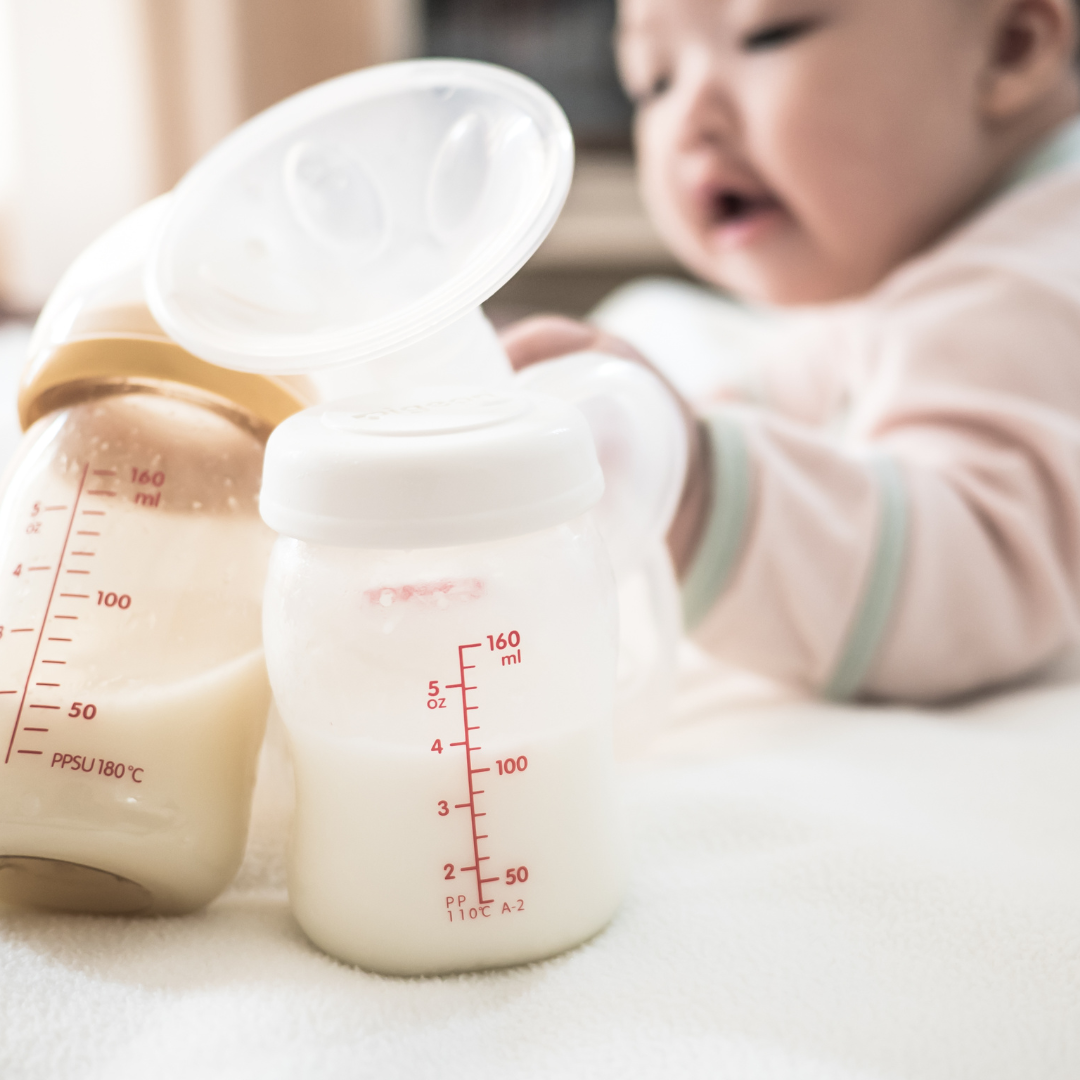Ever wonder how to maintain a steady milk supply even with an on-the-go lifestyle? If you're a busy mother juggling daily errands, work, or other duties, it can be a bit of a challenge. But with the right strategy, including how and when to pump and how to store milk safely, you can achieve this goal. Here, we reveal some helpful tips on how to optimise breastfeeding through regular pumping and effective milk storage.
Pumping Regularly For Consistent Milk Supply
How Often Should I Pump?
The simple answer is: pump as often as your baby feeds. Ideally, this should be about 8 to 12 times in a day for a newborn. Your body has its own way of ensuring you can meet your baby's demand for milk, and that's by operating on a supply-and-demand principle. The more often your breasts are emptied, the more milk they make.
Benefits of Regular Pumping
It maintains your milk supply.
It prevents you from getting engorged or experiencing painful milk blockages.
It helps in providing a backup for times when you can't be with your baby.
Effective Pumping Schedule
Creating a pumping schedule which works for both you and your baby is crucial for hitting your breastfeeding goals. Here are a few tips for creating one:
Try to establish a schedule that mimics your baby's feeding routine. If your baby typically feeds every three hours, you should aim to pump around the same frequency.
Remember to pump both breasts simultaneously – this increases prolactin, a hormone that helps in milk production.
Pump between feedings, particularly in the morning when most women tend to have more milk.
Storing Milk Safely: Best Practices and Tips
Storing Milk In Clean Containers
Once your milk has been expressed, the next step is to store it properly. It's important to keep everything as clean and sterile as possible to prevent any bacteria from contaminating your milk. Always wash your hands before handling pumped milk and ensure all your equipment and containers have been thoroughly cleaned and sterilised.
Refrigeration and Freezing
One of the amazing things about breast milk is that it can be frozen and still maintain its quality and nutritional value. It's important to refrigerate or freeze your milk promptly after pumping. Here's what you need to know:
For general use, you can refrigerate your milk immediately after pumping. It remains fresh for up to four days at fridge temperatures (~4°C).
If you're not going to use your breast milk within four days, it's best to freeze it. Frozen breast milk can last up to six months in a normal freezer and up to one year in a deep freezer.
Labelling With Date
This simple tip can save you a lot of confusion! Always label your milk storage containers with the date you pumped the milk. This lets you easily keep track of which milk to use first, as it's best to use the oldest milk first.
In conclusion, regular pumping and safe milk storage are essential for optimised breastfeeding. By using these #BreastfeedingTips, all mothers can maintain a consistent, healthy milk supply, irrespective of a busy lifestyle. So keep #Pumping regularly and remember our safe milk storage tips. Your #LittleKooma will be nothing short of thankful!

